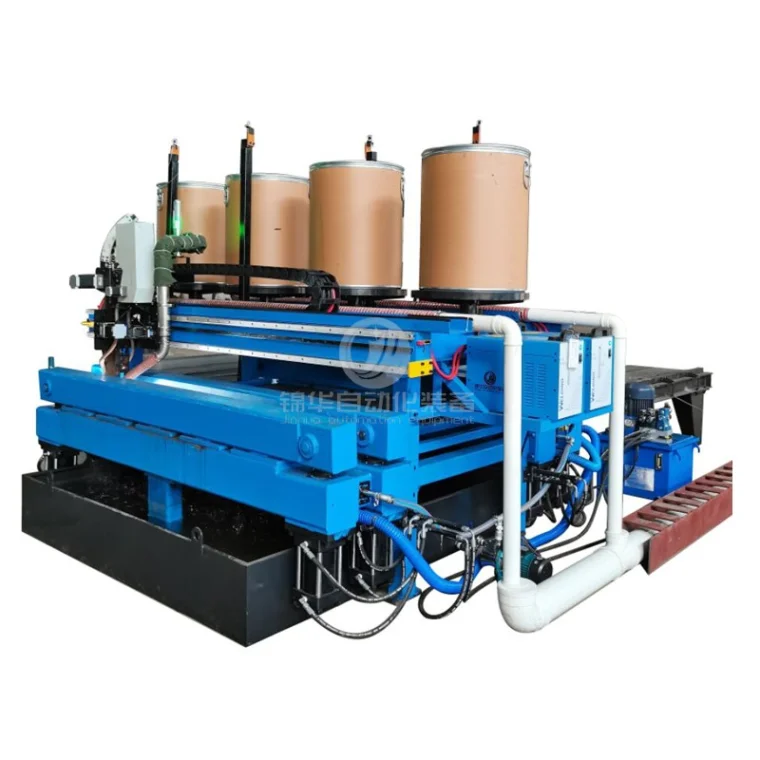Unblocking the Mystery: Diagnosing a Blocked Plate Heat Exchanger with Precision
4 min readPlate heat exchangers (PHEs) are critical components in various industrial processes, facilitating efficient heat transfer between two fluids. However, like any mechanical system, they can encounter issues, one of the most common being blockage. A blocked plate heat exchanger can lead to reduced efficiency, increased energy consumption, and even system failure. Therefore, understanding how to diagnose a blocked PHE is essential for maintaining optimal performance. In this article, we will explore the diagnostic process in detail, providing practical insights and advanced techniques for identifying blockages in plate heat exchangers.
Understanding the Symptoms of Blockage
Before diving into the diagnostic process, it is crucial to recognize the symptoms that indicate a potential blockage in a plate heat exchanger. Common signs include:
- Reduced Heat Transfer Efficiency: A noticeable drop in the temperature differential between the inlet and outlet fluids can indicate that heat transfer is being hindered.
- Increased Pressure Drop: Monitoring the pressure drop across the heat exchanger can provide valuable insights. A significant increase in pressure drop often signals that the flow path is obstructed.
- Unusual Noises: Gurgling or banging noises in the system may suggest that fluid is struggling to pass through the exchanger, potentially due to blockages.
- Fluid Flow Rate Changes: A decrease in the expected flow rate can indicate that the fluid is encountering resistance, possibly due to a blockage.
Step-by-Step Diagnostic Process
- Visual Inspection
The first step in diagnosing a blocked plate heat exchanger is a thorough visual inspection. Check for any external signs of leakage, corrosion, or physical damage to the unit. Additionally, inspect the inlet and outlet connections for any visible obstructions.
- Analyze Operational Data
Collect and analyze operational data such as temperature readings, flow rates, and pressure differentials. Comparing these metrics against historical data can help identify deviations that may indicate a blockage.
- Temperature Differential: A significant drop in the temperature differential between the inlet and outlet can be a strong indicator of a blockage.
- Flow Rate: Use flow meters to assess whether the flow rate is within expected parameters. A drop in flow rate can suggest an obstruction.
- Pressure Testing
Conduct pressure tests to measure the pressure drop across the heat exchanger. A higher-than-normal pressure drop can indicate that the flow is being restricted.
- Static Pressure Measurement: Measure the static pressure at the inlet and outlet. A significant difference can point to a blockage.
- Dynamic Pressure Measurement: Use dynamic pressure measurements during operation to assess real-time performance.
- Fluid Sampling
If the blockage is suspected to be due to fouling or scaling, consider taking fluid samples for analysis. This can help identify the type of fouling present, whether it be biological, mineral, or particulate.
- Chemical Analysis: Conduct a chemical analysis of the fluid to determine the presence of contaminants that may contribute to blockage.
- Microscopic Examination: A microscopic examination of the fluid can reveal biological growth or particulate matter that may be causing the obstruction.
- Ultrasonic Testing
Ultrasonic testing can be employed to detect blockages within the plates. This non-destructive testing method uses high-frequency sound waves to identify changes in material density, which can indicate the presence of blockages.
- Thickness Measurement: Measure the thickness of the plates to identify areas of fouling or corrosion.
- Flow Mapping: Use ultrasonic flow mapping to visualize the flow patterns within the heat exchanger, helping to pinpoint areas of obstruction.
- Disassembly and Cleaning
If all diagnostic methods point to a blockage, the final step may involve disassembling the heat exchanger for a thorough cleaning.
- Plate Inspection: Inspect each plate for signs of fouling, scaling, or damage.
- Cleaning Techniques: Depending on the type of fouling, various cleaning methods can be employed, including chemical cleaning, high-pressure water jetting, or mechanical cleaning.
Preventive Measures
Once a blockage has been diagnosed and resolved, implementing preventive measures is crucial to avoid future occurrences. Regular maintenance, including routine inspections and cleaning, can significantly enhance the longevity and efficiency of plate heat exchangers.
- Regular Monitoring: Implement a monitoring system to continuously track temperature, pressure, and flow rates.
- Scheduled Maintenance: Establish a maintenance schedule that includes cleaning and inspection intervals based on operational demands.
Conclusion
Diagnosing a blocked plate heat exchanger requires a systematic approach that combines visual inspection, operational data analysis, pressure testing, fluid sampling, ultrasonic testing, and, if necessary, disassembly and cleaning. By understanding the symptoms and employing these diagnostic techniques, operators can effectively identify and resolve blockages, ensuring the efficient operation of their heat exchangers. Moreover, adopting preventive measures will help maintain optimal performance and extend the lifespan of these essential components in industrial processes.



